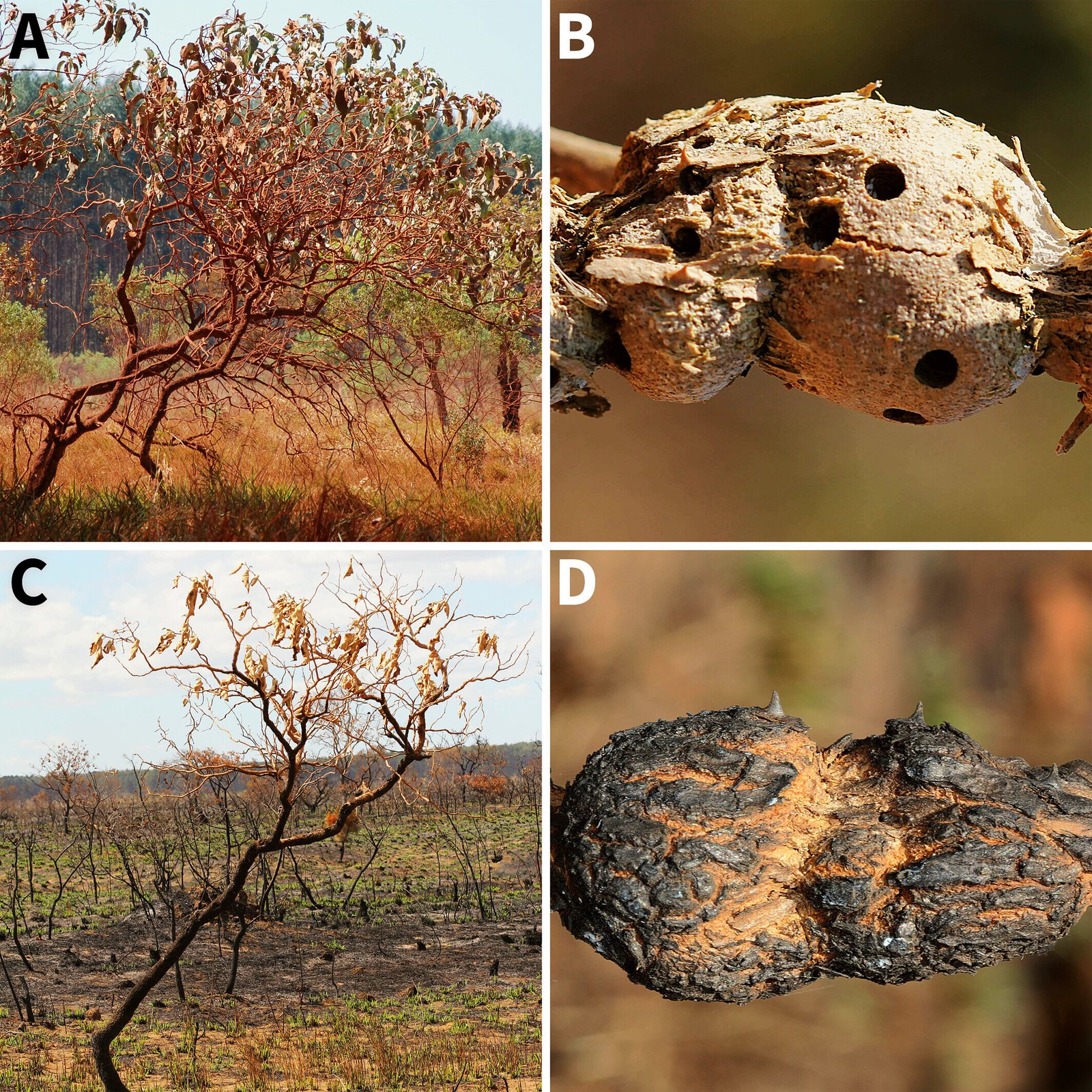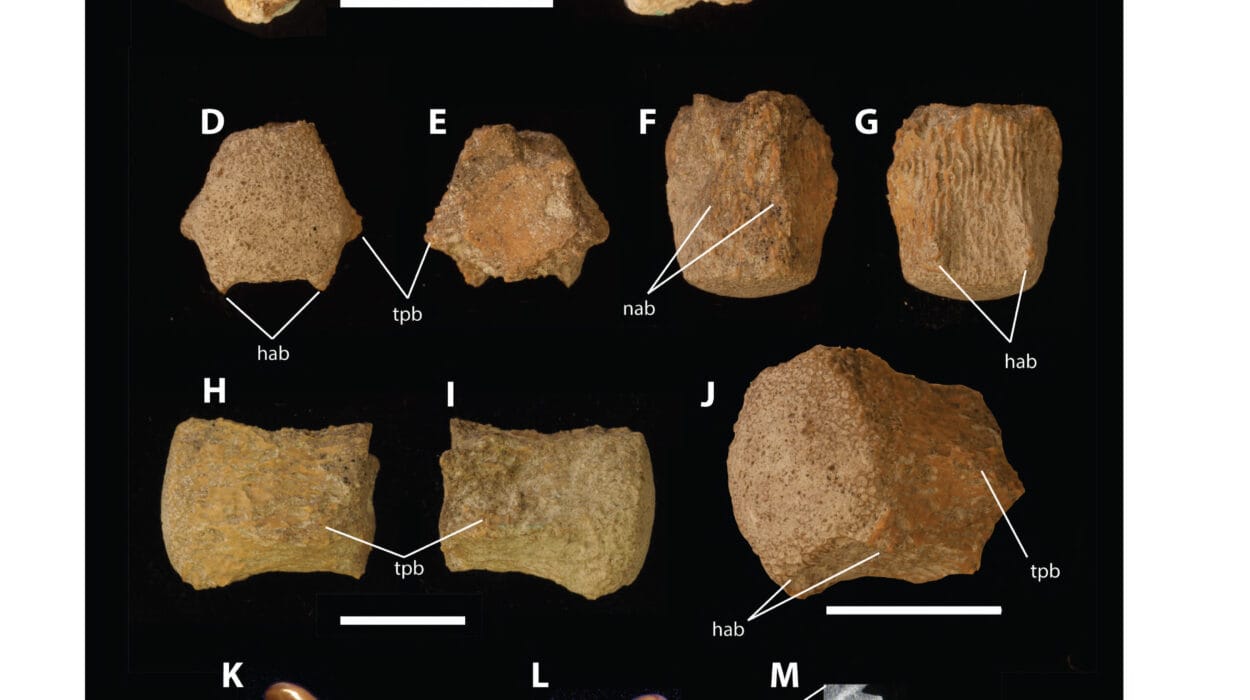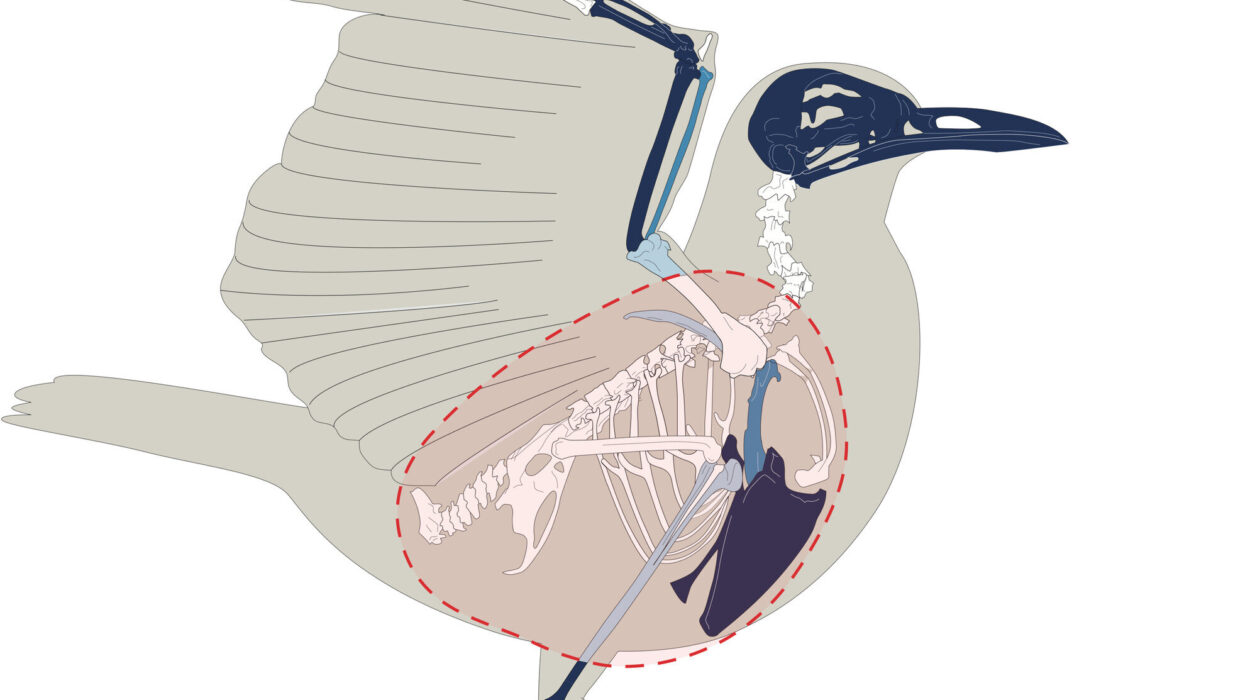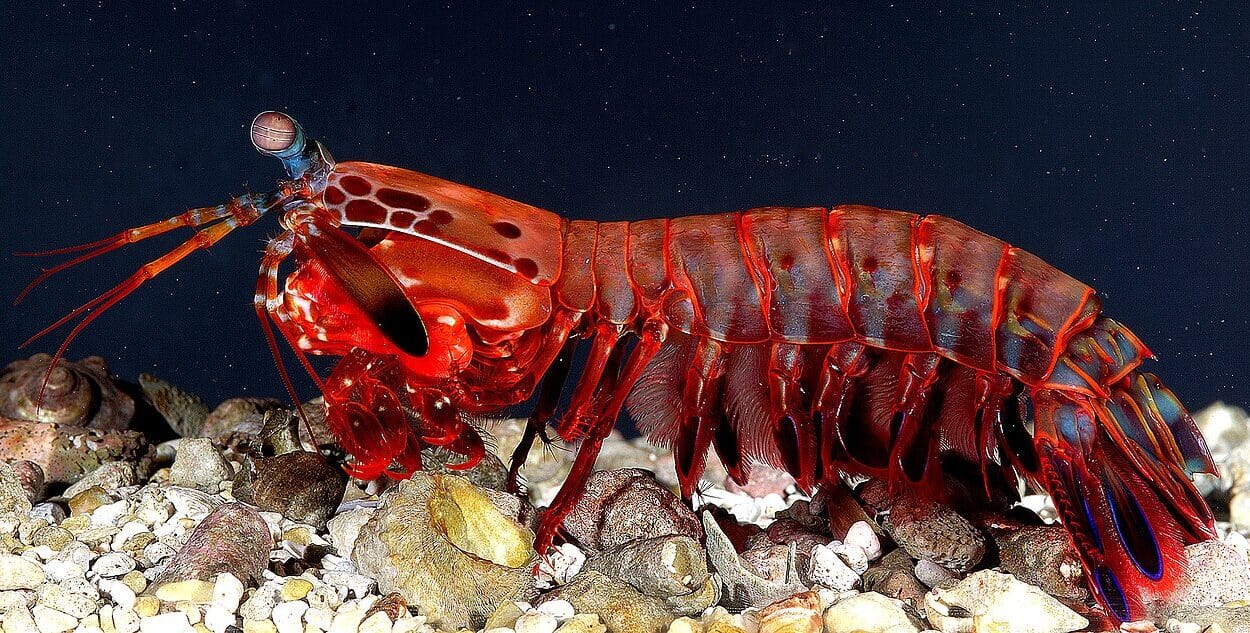In the fire-scorched savannahs of Minas Gerais, Brazil, where flames race with fury and destruction seems absolute, a surprising tale of survival has emerged—one that blurs the line between plant and insect, home and body, biology and fire resistance.
A team of ecologists and entomologists from Brazil, alongside a collaborator from Mexico, has observed something no one has ever documented before: plant galls—those strange, bulbous growths formed in response to insect manipulation—can shield insect larvae from the intense heat of wildfires. Their discovery, published in the journal Ecology, introduces a new dimension to our understanding of insect-plant relationships and offers a fresh perspective on adaptation in fire-prone ecosystems.
At the heart of this story is a humble insect: the Boheman weevil. Though it barely draws attention in the everyday tapestry of savannah life, its larvae may have just unlocked one of nature’s most unexpected survival strategies.
The Secret Life of Galls
To the untrained eye, galls may seem like a botanical oddity—unsightly lumps marring the otherwise smooth surfaces of leaves, stems, or fruits. But these outgrowths are far from random. Galls are intricate microhabitats, constructed by plants under the influence of parasitic or symbiotic organisms, most often insects.
The process is deceptively simple yet biologically complex. An adult insect, such as the Boheman weevil, injects chemical signals into the plant’s epidermis. This triggers abnormal cell growth, shaping the plant tissue into a protective chamber. The insect then deposits its eggs inside this botanical womb. When the larvae hatch, they find themselves encased in a chamber that offers not only shelter but also food, as many galls are rich in nutrients.
These living fortresses, shaped by evolutionary arms races over millennia, are known to defend their occupants against predators, parasites, and desiccation. But the question of whether they could withstand the merciless heat of wildfire had never been seriously explored—until one fire-scarred walk changed everything.
A Serendipitous Discovery in a Charred Landscape
It all began with Jean Carlos Santos, an ecologist wandering through the smoldering remains of a recently burnt patch of savannah. The region, known for its sprawling fields and biodiversity, had just experienced a wildfire. Amidst the blackened vegetation, Santos noticed something peculiar: a wolf apple plant (Solanum lycocarpum), singed and brittle but still bearing visible galls.
Driven by a scientist’s curiosity and perhaps a tinge of disbelief, Santos carefully cut one of the galls open—and found life where none should be. Inside, a Boheman weevil larva, seemingly unscathed, wriggled softly. Despite the inferno that had engulfed its host plant, the larva had survived. Could it be a fluke? Or had the gall acted as a protective bunker?
Santos’ discovery set the stage for an urgent field investigation. The team returned to the site, collecting dozens of galls from multiple burnt Solanum lycocarpum specimens. Back in the lab, they sliced them open to uncover a story written not in words, but in survival rates.
The Numbers Behind the Miracle
Of the galls collected, 20 harbored fully alive and well Boheman weevil larvae. In another 23, some of the inhabitants had perished while others endured. Nine galls, however, contained no survivors.
At first glance, this might seem inconclusive—luck, perhaps, or microhabitat differences. But closer examination revealed a key factor: epidermal thickness. Galls with thicker outer layers, it turned out, were significantly more likely to preserve their tiny residents from thermal death.
The thicker the wall, the greater the insulation against radiant heat. These plant structures, engineered by insects but grown by plants, had become nature’s version of ceramic insulation—organic fire shelters, layered with thermal resilience.
This was not just a minor adaptation. It was a profound ecological interaction shaped by environmental pressure and evolutionary time. And it raises compelling questions: Had Boheman weevils evolved to induce thicker galls in fire-prone regions? Had the plants adapted in parallel, or were they passive participants in this biochemical negotiation?
Evolution’s Unexpected Alliance
The idea that plants and insects could co-create structures that withstand fire opens up a rich new field of inquiry in ecology. Fire is a major selective force in many ecosystems, especially in savannahs, grasslands, and Mediterranean-type biomes. Organisms that survive these fiery gauntlets often do so through mobility, burrowing, or rapid regeneration. But Boheman weevil larvae are neither fast nor mobile. Their survival hinges on a preemptive strategy: building safehouses in anticipation of catastrophe.
Galls, in this context, are more than temporary homes. They are evolutionary artifacts—structures shaped not only by parasitism but by the ambient threats of fire, drought, and predators. The thicker the gall, the better the odds of withstanding a wildfire. And if these galls confer a survival advantage to the larvae inside, natural selection may favor both insects that can induce thicker galls and plants capable of growing them.
What’s fascinating is that these galls are multichambered, with each chamber housing a single larva. This means even partial survival is possible. The fire may claim some chambers but spare others—a sort of biological compartmentalization strategy. This echoes strategies seen in coral reefs, termite mounds, and even spacecraft design: isolated cells improving chances of systemic survival.
The Wolf Apple: More Than a Host
The wolf apple plant, Solanum lycocarpum, is more than just an incidental partner in this tale. It is a key species in the Cerrado biome, playing host to a wide array of insects, birds, and mammals. Its fruits are a vital food source for maned wolves, hence the name. But now, it joins an elite club of flora involved in fire-mediated mutualisms.
While it’s unlikely that S. lycocarpum “intends” to help insect larvae survive, the physiological capability of its tissue to respond to insect signals and generate thick, robust galls makes it a crucial player. Whether this response is energetically costly to the plant or if it provides hidden benefits—such as deterring herbivory or attracting pollinators—is still unknown.
Interestingly, some researchers speculate that gall formation may subtly alter the plant’s fire behavior. By concentrating energy and mass in galls, the plant might inadvertently shield certain tissues or affect its own combustion dynamics. Could insect-induced galls have feedback effects on fire ecology itself?
A New Lens on Fire Ecology
Wildfires are increasing in intensity and frequency across the globe, fueled by climate change and land use practices. Understanding how organisms persist in these changing conditions is not just an academic exercise—it is critical for conservation, agriculture, and climate resilience.
This study sheds light on a previously overlooked survival mechanism and opens the door for broader ecological investigation. Could other insect-induced galls offer similar protection? Are there evolutionary gradients in gall thickness across fire-prone versus fire-free regions? Can this phenomenon be harnessed to develop bio-inspired materials for heat resistance?
Moreover, the discovery challenges long-standing assumptions about insects as passive victims of fire. Insects are often portrayed as collateral damage in wildfire scenarios—burnt, displaced, or driven to extinction. But what if, in the quiet chambers of their galls, some are not just surviving but thriving?
Conclusion: A Testament to Nature’s Ingenuity
What began as a serendipitous observation on a blackened hillside has unfolded into a revelation about resilience, co-evolution, and the hidden architectures of survival. The Boheman weevil larvae, cradled inside fire-hardened galls, offer a stunning example of how life endures against the odds—how cooperation between insect and plant can forge unexpected defenses against one of nature’s most unforgiving forces.
In the wake of wildfire, amidst ashes and ruin, science has uncovered a secret sanctuary: a gall, thick-walled and charred, but pulsing with life.
It is a reminder that even the smallest creatures, in concert with the right allies, can resist the flames.
Reference: Jean Carlos Santos et al, Set fire to the gall: Can the gall protect the galling weevil from fire?, Ecology (2025). DOI: 10.1002/ecy.70083






